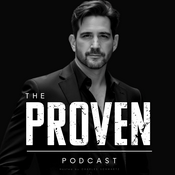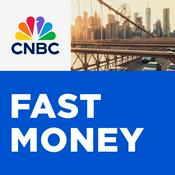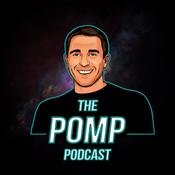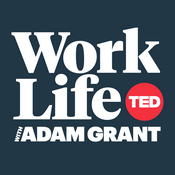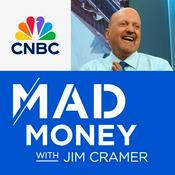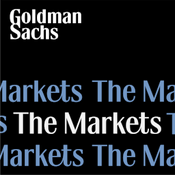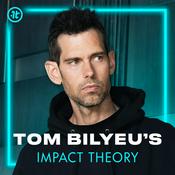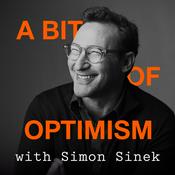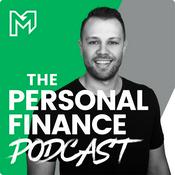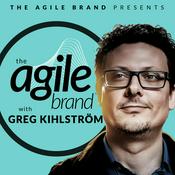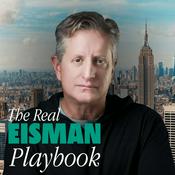Available Episodes
5 of 146
- EP 143: AWS Tranium, Marvell Earnings, Intel EMIB!In this episode, Ben and Jay discuss a range of topics including Ben's health update, Amazon's recent AWS event focusing on AI compute, the competitive landscape with Nvidia and Google, Marvell's earnings and challenges in custom silicon, networking innovations with DPUs, Marvell's acquisition of Celestial, Nvidia's investment in Synopsys, Intel's resurgence in advanced packaging, and the leadership changes at Apple. The conversation highlights the evolving dynamics in the tech industry, particularly in AI and cloud computing.--------56:45
- EP 143: NVIDIA Earnings! Google and Gemini TPUs FTWIn this conversation, Ben Bajarin discusses the recent innovations surrounding NanoBanana and its new feature, Notebook LM, which has significantly impacted the way infographics are created. He highlights the ease with which users can transform data and text into visually appealing infographics, showcasing the power of AI in data visualization.--------46:54
- Ep 142: AMD Financial Analyst Day, Neoclouds earnings - REITS or Neoclouds?The conversation explores the dynamics of market competition, particularly focusing on AMD's position and the strategies of hyperscalers. The discussion delves into game theory as a framework for understanding potential future scenarios in the tech industry. They also discuss key neocloud earnings and engage in a conversation on if these companies are REITs or neoclouds.--------45:38
- EP 141: Talking Bubbles, ARM and QCOM Earnings, Memory/Storage CyclicalityThis episode argues that today’s AI exuberance fits a familiar pattern: bubbles misallocate capital on the way up but leave behind productive infrastructure that powers the next S-curve. We revisit the “boom-bust-build-out” cycle and apply it to compute and the grid, note why “good enough” AI latency could flip capex behavior, and push back on modeling everything in gigawatts—useful for planning, risky for strategy. On companies: ARM’s quarter was solid, with rising royalties/CSS stickiness and a strongly implied first-party chip effort complemented by the DreamBig memory-controller acquisition to improve AI-era CPU roles. Qualcomm benefits from a higher-ASP Android cycle, nurtures auto/smart-glasses adjacencies, and eyes DC inference. On supply: Elon hedges silicon with foundry allocations while fab-building talk reads as negotiating leverage; memory/storage stay tight with longer contracts and measured adds. Net: optimism about what survives the eventual correction, caution on GW-only thinking, and watchpoints around ARM’s vertical creep, Qualcomm’s DC push, and supply-chain discipline.--------51:35
- EP 140: NVIDIA's $300B chart, CAPEX to the MOON FOREVER!The conversation delves into the competitive landscape of cloud computing, focusing on Nvidia's ambitions and the fragmentation of the market with numerous Neo clouds. Jay Goldberg discusses the implications of this fragmentation for Nvidia and its customers, who are increasingly seeking to develop their own custom silicon.--------53:44
More Business podcasts
Trending Business podcasts
About The Circuit
A podcast about the business and market of semiconductors
Podcast websiteListen to The Circuit, Young and Profiting with Hala Taha (Entrepreneurship, Sales, Marketing) and many other podcasts from around the world with the radio.net app

Get the free radio.net app
- Stations and podcasts to bookmark
- Stream via Wi-Fi or Bluetooth
- Supports Carplay & Android Auto
- Many other app features
Get the free radio.net app
- Stations and podcasts to bookmark
- Stream via Wi-Fi or Bluetooth
- Supports Carplay & Android Auto
- Many other app features


The Circuit
Scan code,
download the app,
start listening.
download the app,
start listening.









